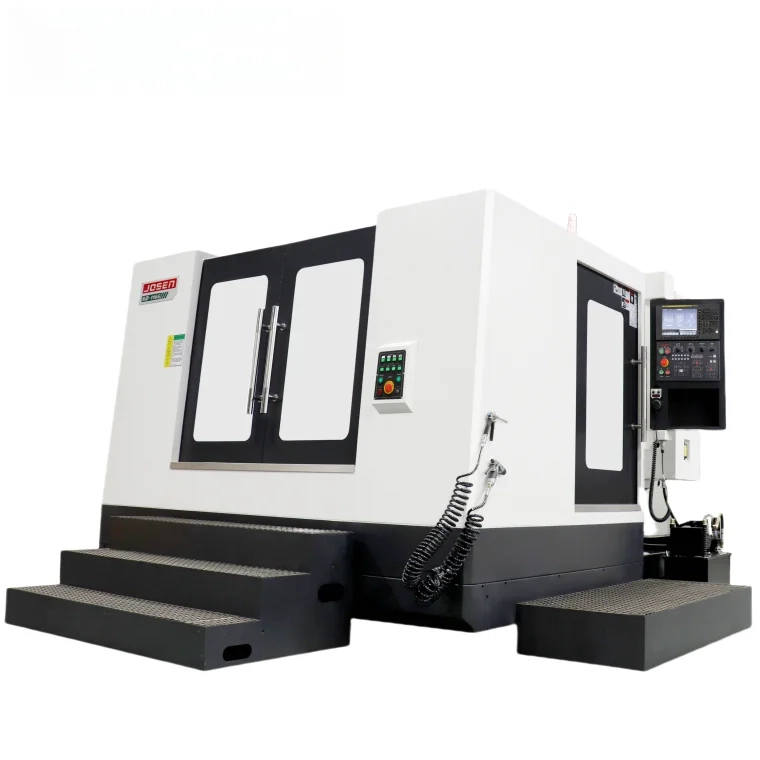When it comes to crafting, education, or artistic projects, construction paper is a versatile medium that offers a vibrant palette and a sturdy texture. However, printing on construction paper can pose unique challenges due to its thickness and texture. In this article, we will explore effective methods for printing on construction paper, ensuring that your projects not only look professional but also withstand the test of time.
Understanding Construction Paper
Before diving into the printing techniques, it’s essential to understand the characteristics of construction paper. Typically made from recycled paper, construction paper is available in a variety of colors and weights, usually ranging from 65 to 80 pounds. Its fibrous texture can absorb ink differently than standard printer paper, which can affect the final output. Therefore, selecting the right type of construction paper for your project is crucial.
Choosing the Right Printer
Not all printers are created equal when it comes to printing on construction paper. Here are some options to consider:
- Inkjet Printers: These are the most common type of printers used for printing on construction paper. They can produce vibrant colors and detailed images. However, it’s important to adjust the printer settings to accommodate the thicker paper. Use the manual feed option if available, as it allows for better handling of the paper.
- Laser Printers: While laser printers can also print on construction paper, they may not be as effective in producing vivid colors compared to inkjet printers. Additionally, the heat generated during the printing process can warp thinner construction paper. If you choose to use a laser printer, opt for a heavier weight construction paper to prevent curling.
- Specialty Printers: For those looking to create unique textures or effects, consider using specialty printers, such as those designed for screen printing or heat transfer. These methods can add a professional touch to your projects.
Preparing Your Design
Before printing, it’s essential to prepare your design properly. Here are some tips:
- Resolution: Ensure your design is created at a high resolution (300 DPI is recommended) to maintain clarity and detail when printed.
- Color Mode: Use the CMYK color mode for designs intended for printing, as this mode is more suitable for ink output compared to RGB.
- Test Prints: Always conduct test prints on regular printer paper before using construction paper. This allows you to check for color accuracy and design placement.
Adjusting Printer Settings
To achieve the best results when printing on construction paper, adjust your printer settings accordingly:
- Paper Type: Set your printer to the correct paper type. If your printer has an option for “thick paper” or “cardstock,” select that to ensure the printer applies the right amount of ink and pressure.
- Print Quality: Choose a higher print quality setting for more vibrant colors and sharper images. This may increase print time but will enhance the overall appearance of your project.
- Feed Method: Use the manual feed tray if your printer has one. This method allows for better control over the paper as it passes through the printer, reducing the risk of jams or misalignment.
Techniques for Printing on Construction Paper
- Direct Printing: The most straightforward method is to print directly onto the construction paper. Ensure the paper is properly aligned in the printer to avoid misprints.
- Transfer Methods: For intricate designs, consider using transfer methods such as iron-on transfers or heat transfer vinyl. These techniques allow for more complex designs and can add a unique texture to your project.
- Layering: If your design includes multiple colors or elements, consider printing each layer separately and then assembling them on the construction paper. This method can create a more dynamic and visually appealing result.
Post-Printing Considerations
After printing, it’s essential to handle the construction paper with care:
- Drying Time: Allow the printed construction paper to dry completely before handling it to avoid smudging.
- Storage: Store printed construction paper flat in a cool, dry place to prevent curling or warping.
- Finishing Touches: Consider adding a protective layer, such as a clear spray sealant, to enhance durability and prevent fading over time.
Conclusion
Printing on construction paper can elevate your creative projects, whether for educational purposes, crafts, or professional presentations. By understanding the characteristics of construction paper, selecting the right printer, and applying the appropriate techniques, you can achieve stunning results that showcase your creativity. With these tips and best practices, you are now equipped to master the art of printing on construction paper, ensuring your projects stand out in both quality and design.



More Stories
What Is Hypalon Rubber Sheet? Exploring Its Exceptional Weather Resistance
What Is SMC (Sheet Molding Compound)? Complete Guide for Engineers
Metal Packaging: Leading a Sustainable Future for Food Packaging through Infinite Recyclability and Carbon Reduction